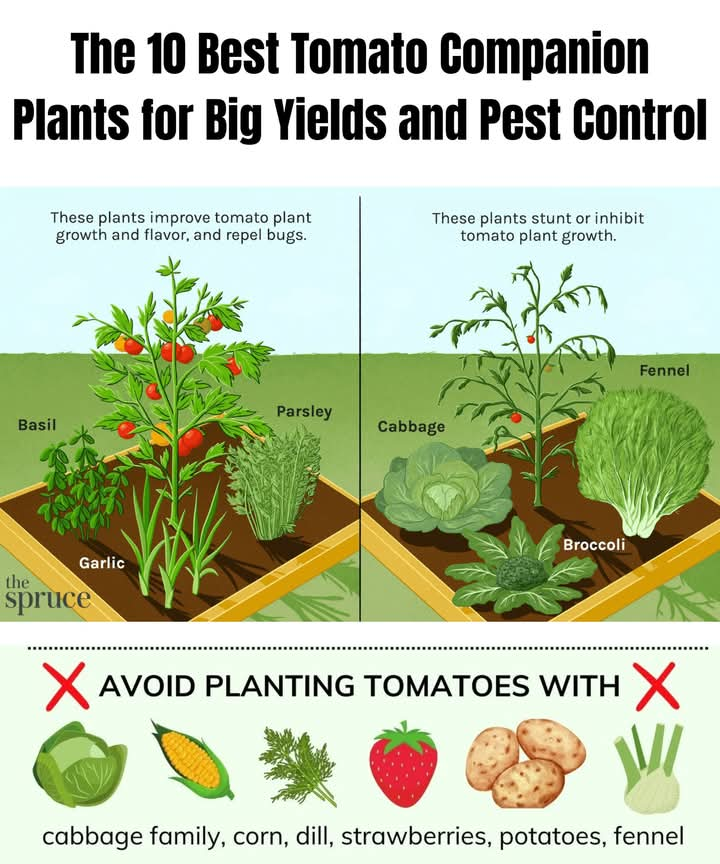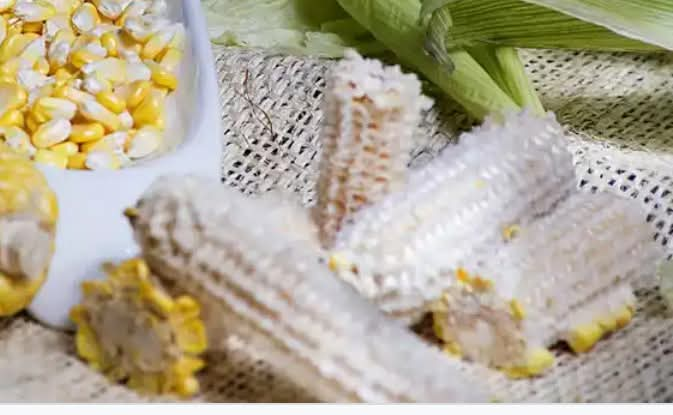Potential Of Maizecobs In Livestock Farming And Among Us.
Potential Of Maizecobs In Livestock Farming And Among Us.
For more sustainable and cost-effective farming practices, one often overlooked resource is the humble maizecob. This by-product of corn production, typically discarded or used as fuel, holds significant potential in livestock farming. By integrating corncobs into animal feed and other agricultural processes, farmers can reduce costs and enhance sustainability.
The Versatility Of Maizecobs.
Maizecobs can be used in various ways, including:
1. Animal Feed: Maizecobs can replace wheat bran in the diets of rabbits, chickens, pigs, and cattle. This substitution can lower feed costs while maintaining nutritional value. The key is to control the dosages to ensure a balanced diet for the animals.
2. Mushroom Production: Maizecobs serve as an excellent substrate for mushroom cultivation. They provide the necessary nutrients and structure for mushrooms to grow, making them a valuable resource for mushroom farmers.
3. Soil Amendment: When ground into smaller pieces, maizecobs can be used as a soil amendment. They improve soil structure, enhance water retention, and add organic matter, which benefits crop production.
4. Biofuel: Maizecobs can be processed into biofuel, providing an alternative energy source. This can help reduce reliance on fossil fuels and promote renewable energy use on farms.
Benefits of Using maizecobs.
1. Cost Reduction: By replacing more expensive feed ingredients like wheat bran with maizecobs, farmers can significantly reduce their feed costs. This makes livestock farming more economical and increases profit margins.
2. Sustainability: Utilizing maizecobs reduces waste and promotes a circular economy. Instead of discarding this by-product, farmers can repurpose it, contributing to more sustainable farming practices.
3. Trial and Monitoring: Begin with small-scale trials to monitor the effects of maizecobs on your livestock and crops. Adjust dosages and methods based on the results to optimize benefits.
4. Education and Training: Educate your farm staff about the benefits and proper use of maizecobs. Provide training on processing techniques and dosage control to ensure successful implementation.
By embracing the potential of maizecobs, farmers can unlock new opportunities for cost savings, sustainability, and improved farm productivity. It’s time to rethink how we use this valuable by-product and turn it into a cornerstone of modern, efficient farming practices.




